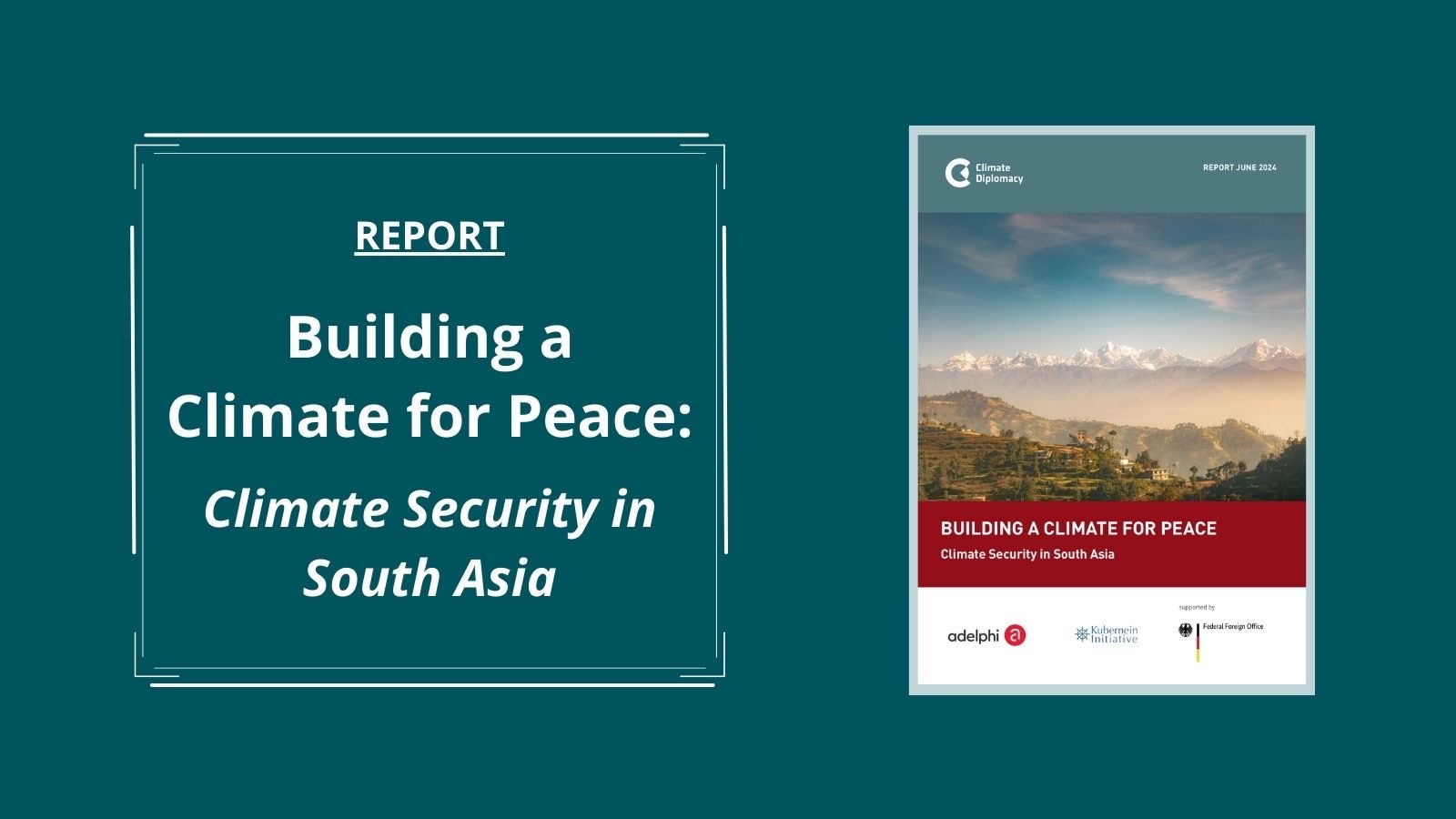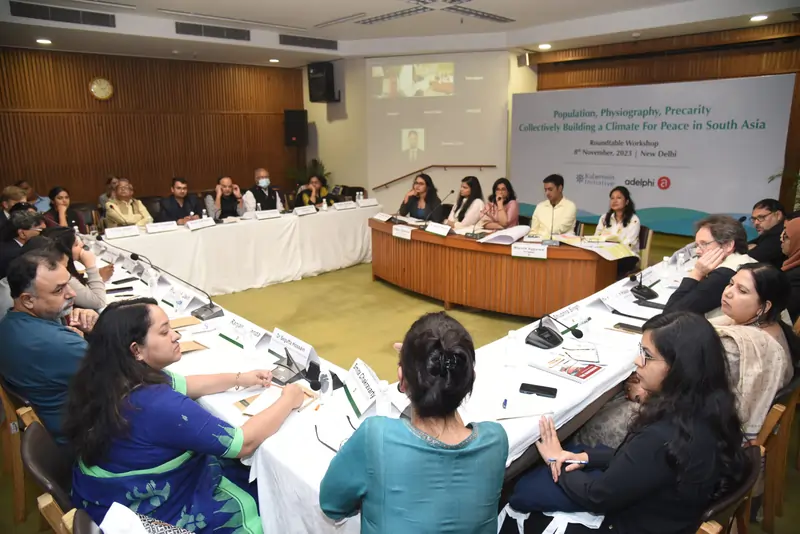Climate uncertainty, when thrown into the mix of South Asia’s vast and varied geography, rich biodiversity, and complex socio-economic makeup, leads to an interconnected web of risks for the region. Despite progress, South Asia still has a significant portion of the world’s extremely poor. Impacts of climate change exacerbate existing vulnerabilities with knock-on consequences on water & food security, livelihoods, and economic growth. The report presents four climate fragility risk scenarios for South Asia, illustrating the interconnected impacts on social, cultural, ecological, and economic aspects. These scenarios include:
- Compounded Risks of Water, Weather and Economies: The Water-Energy-Food-Environment (WEFE) nexus, highlighting risks from unpredictable rain patterns, water storage issues, heat waves, and over-extraction of groundwater.
- Ecosystem and Territories: Risks to South Asia’s diverse ecosystems from climate change and unplanned growth, stressing the need for ecosystem-based development.
- Non-Economic Loss and Damage: The impact of climate change on heritage loss, both tangible and intangible, is underexplored but crucial for communities and governments.
- Human Migration and Displacement: Potentially affecting millions, with significant implications for identity politics and conflict.
Efforts to foster trust and dialogue on shared issues have seen limited success. The report examines existing mechanisms for environmental cooperation in South Asia. Although frameworks like SAARC, BIMSTEC, IORA, CDRI, and ICIMOD exist, effective cooperation is hindered by weak implementation, funding issues, geopolitics, and data sovereignty concerns. However, as outlined in the report these mechanisms continue to offer potential pathways for enhanced climate collaboration.
Lastly, the report outlines ways to reinvigorate regional institutions, build cooperation and trust through disaster risk management, and unify for a regional voice in global multilateral mechanisms. Further, the role of improved data collection and management, active & meaningful involvement of women and marginalized communities, and cross-border community-led success stories are highlighted. Achieving a climate-secure future requires a collaborative effort, combining modern science with indigenous knowledge and an inclusive approach.


